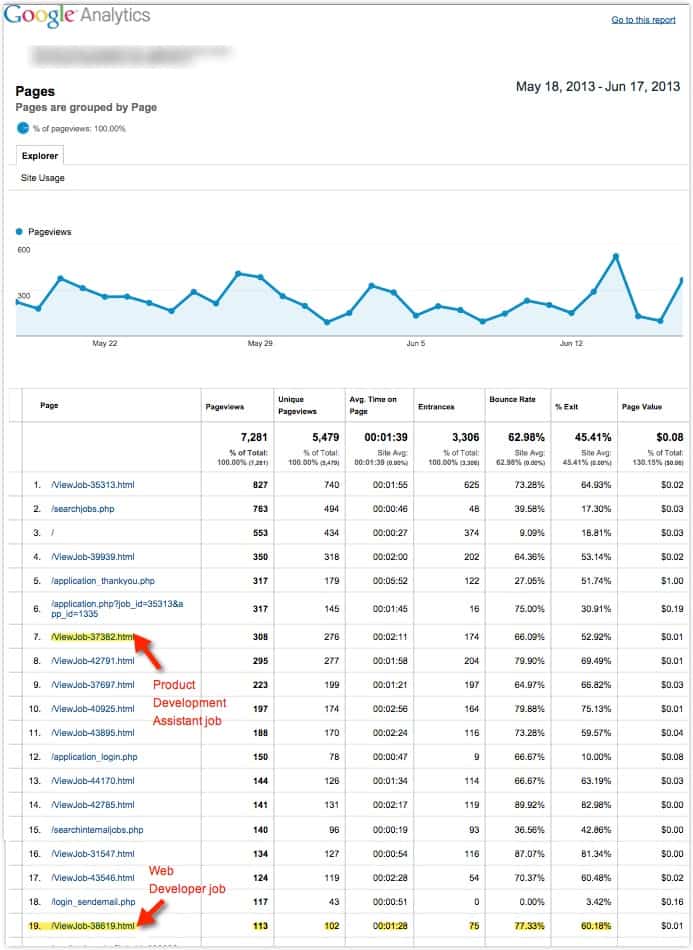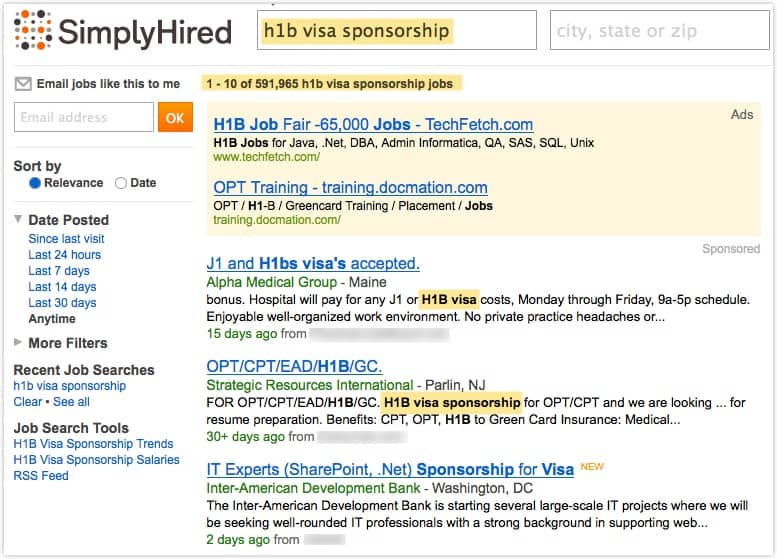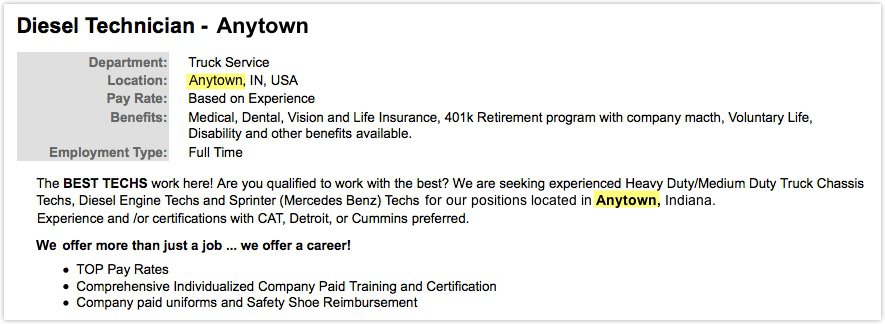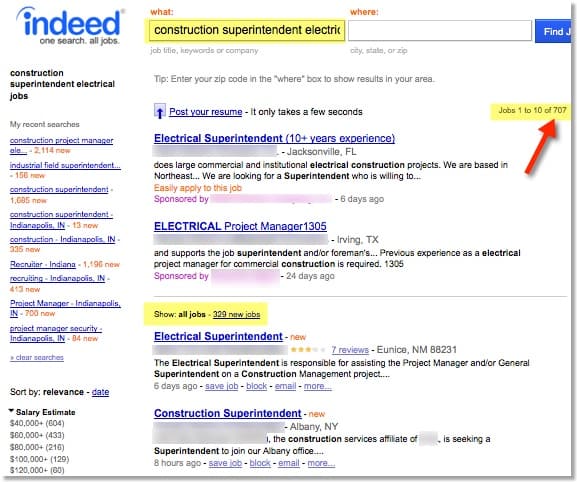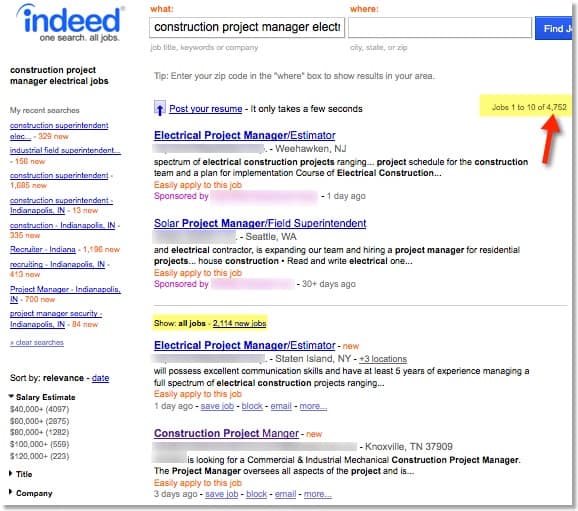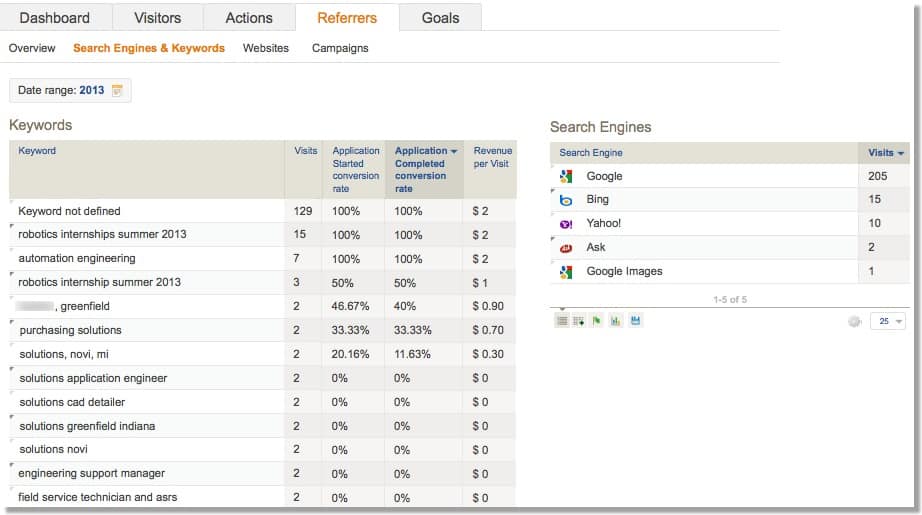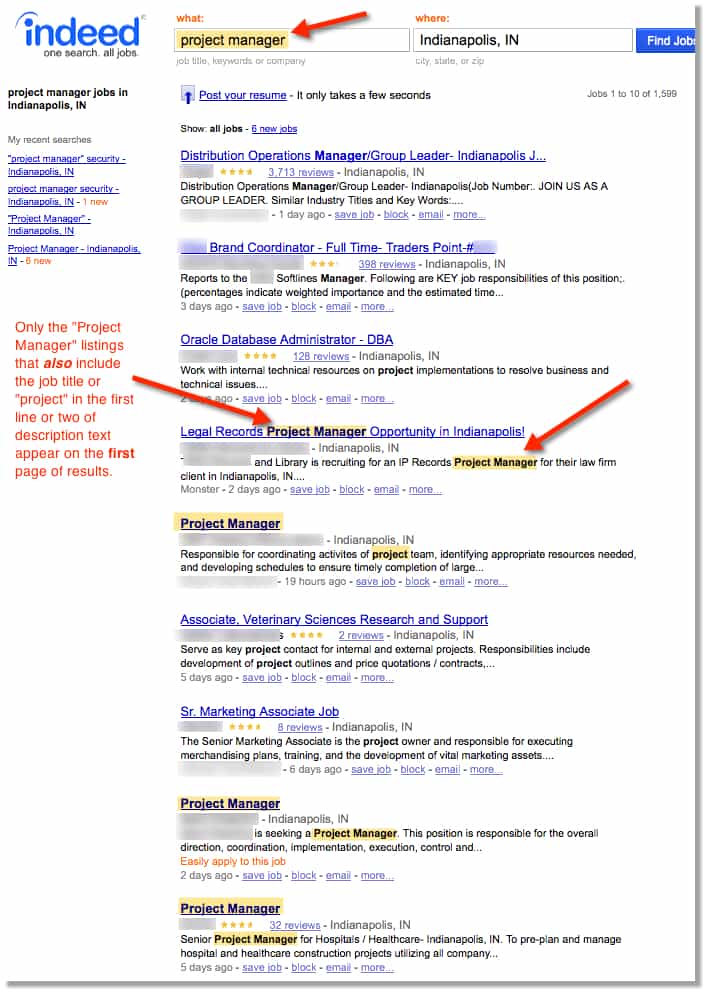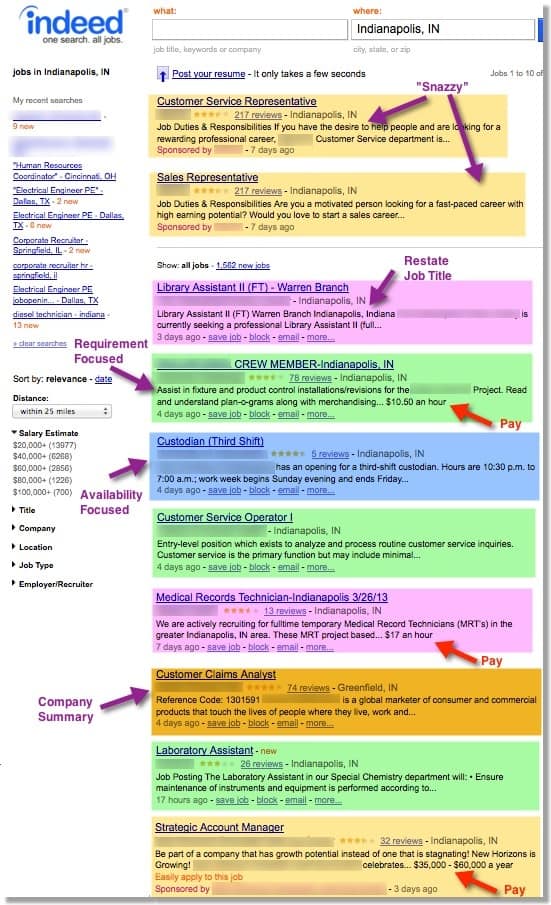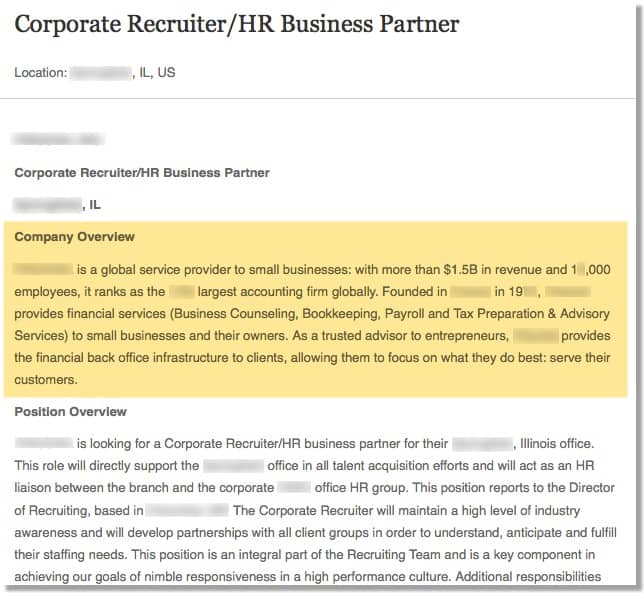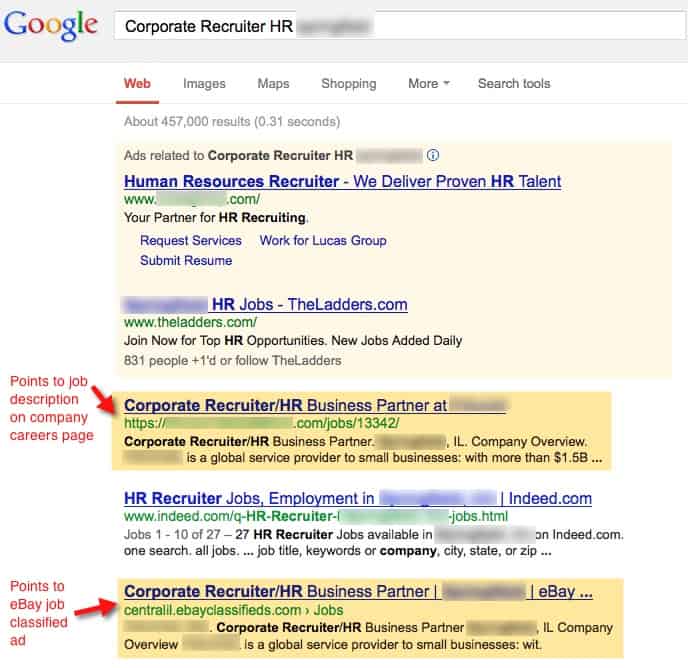5 Steps to Better Job Description Click-Through Rates
In most organizations, marketers don’t own the task of writing job descriptions for new opportunities available within their organization. This responsibility generally belongs to people in human resources or recruiting.
And even if those folks have marketers review a draft before it posts (at least for marketing positions, that is), many times the urgency of the request prevents anyone from worrying about fine-tuning the job listing’s content. However, skipping this crucial step can make it even harder for you to fill that position quickly because the job description isn’t converting as many applicants as it could.
Fortunately, taking a little time up front to create a job description editorial checklist can make refining just-in-time job requests a piece of cake in the future. Here are five ways to garner better job description click through rates for your company’s opportunities.
1. Make Landing Pages Mobile Responsive & Job Board Friendly
Surprise, surprise, right? This goes without saying these days. However, while many organizations have corporate websites that have long been coded with mobile responsive design, the same doesn’t always hold true for the third party job portals they use to manage the job posting and application submission process. In many cases, the landing pages to which your paid and organic search listings point are actually the job description pages of an applicant tracking system (ATS).
Not only does Google reward mobile-friendly applicant tracking solutions, but major job board aggregators like Indeed.com will reward these sites with higher mobile SERP rankings as well. In fact, even if an employer sponsors an ad on Indeed, the ad won’t be placed as high in mobile search results as other sponsored ads that do point to mobile responsive job portals.
In addition, the best job portals have integrations with sites like Indeed and LinkedIn that allow job seekers to auto-populate their employment application with data from their existing profile. It’s clear that application submission CTRs have a greater chance of improving when your job listings are more readily visible and you make it easy for applicants to start the application process.
2. Don’t Write Vanilla Job Titles
Unless of course it’s some kind of French Vanilla premium custard, I suppose. But seriously, if you are looking for a Web Developer, be specific with your job title wording so that you can be found by the candidates that are truly qualified to do your Front End Javascript Developer job, even if you really just call it Web Developer II internally.
For hints, study your competitors’ opportunities for job title variation ideas that might accurately represent your employment need. Just remember that your job title can’t be so long that it will be cut off in SERPs or wrap to too many additional lines when applicants view your position listings page on their smartphone screens.
3. Model Your Snippets Based On Job Seeker Preferences
Depending on whether you host job descriptions on your corporate website or you use a recruiting software application, you may or may not have easy access to write a customized meta description for each job listing page.
In the event that you don’t have that functionality, you must carefully craft the first couple of sentences of your job description body text to include the keywords that will resonate with job seekers.
Above all, consider your labor market as a means to hone in on the type of unique selling proposition you should highlight in the first section. Here are some potential approaches:
- Skills / Duties – This is the approach I recommend most of the time. Think about the occupation-specific keywords that job seekers are most likely to use to search for your job listing and include them in the first sentence so they show up in the snippet candidates see in SERPs. This will make it more likely that your organic listing will appear higher in results, too. Specifically, restate the job title in the first sentence.
- Pay – Know that when you include numerical details about compensation in your job listing (even if they are at the bottom of the description) the search snippet may include the dollar amount. Some employers choose to include this information to attract and convert potential applicants who are especially compensation focused (e.g., sales professionals) or because they are paying a higher wage for certain positions relative to other competitors in the market.
- Availability – If it’s difficult to source applicants for shift work in your area, then your leading keywords should include commentary on the working hours and days of the week required for the right job candidate.
- Company Brand – If you are an extremely large organization, then you may be able to get away with leading with information about your company in the first paragraph. This would only be a viable approach if your potential job applicants are likely to search the internet based on your organization’s name. This approach is more suitable for sponsored job board ads that you know will have premium real estate, despite a shortage of position-specific keywords in the snippet.
4. Write for Readability First, Then Add Keywords
Instead of forcing a job description to use potentially awkward-sounding long tail keyword phrases, wordsmith a description that is both compelling and informative to applicant personas. Once the initial draft is done, go back and sprinkle in the most important keywords, as well as relevant co-occurring terms. Finally, be mindful of the keyword density for your job description so that the finished product isn’t keyword-stuffed.
5. Use Images & Video
Even though most job board search results point to landing pages that include familiar text elements such as job title, position preview, essential responsibilities and qualifications, that doesn’t mean you can’t break the mold and utilize images and embedded video. Many hiring software platforms will offer job description WYSIWYG editors that support the inclusion of images and video. Just make sure to include keyword-rich alt tags and video transcripts with your visual assets.
By giving potential job candidates a feast for the eyes, as well as more finely-tuned job information, you are more likely to engage them to click through to your landing page and start the application process. Use these five ideas to do exactly that and start converting more job applicants today.
This post originally appeared on Relevance.
Image credit: Teclado / Keyboard ![]() by Microsiervos (contact)
by Microsiervos (contact)

